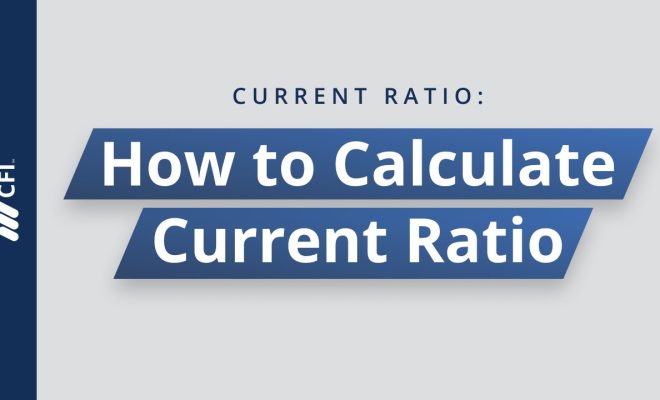How to calculate reserve ratio

The reserve ratio, also known as the cash reserve ratio (CRR), is a crucial concept in the world of finance and banking. It refers to the minimum percentage of a bank’s total deposits required to be held as cash or highly liquid assets, acting as a safety net for potential withdrawals by customers. This article will guide you through the process of calculating the reserve ratio, helping you understand its importance in today’s financial landscape.
1. Understanding the Reserve Ratio:
Before delving into the calculations, it is vital to grasp the fundamental concept of the reserve ratio. As a regulatory measure enforced by central banks, the reserve ratio ensures that commercial banks maintain a certain level of liquidity. By doing so, they can accommodate clients’ monetary demands while also promoting financial stability within their operations.
2. Identifying Key Figures:
To calculate the reserve ratio, you need two primary figures:
a. Total Deposits – The aggregate amount of money deposited by customers in various accounts.
b. Reserve Balance – The sum of cash or highly liquid assets held by the bank.
Both amounts can usually be obtained from a bank’s financial statements or regulatory reports.
3. Calculating Reserve Ratio:
With these figures identified, calculating the reserve ratio becomes relatively straightforward. Apply this simple formula:
Reserve Ratio = (Reserve Balance / Total Deposits) x 100
By multiplying by 100, you will express this figure as a percentage.
4. Interpreting Reserve Ratio:
Once obtained, understanding what the reserve ratio represents is essential when considering its implications for banks and the overall economy.
– Higher Reserve Ratios: A high reserve ratio suggests that banks are holding more liquid assets than required by regulations. While this demonstrates additional liquidity, it could also limit lending opportunities and hamper economic growth.
– Lower Reserve Ratios: If a bank has a lower reserve ratio than mandated by the central bank, it may face penalties for non-compliance.
Additionally, this can indicate increased risk exposure and heighten vulnerability during economic downturns.
5. Reserve Requirements and Central Banks:
Central banks determine and enforce reserve requirements in their respective countries as a tool for managing monetary policy. By adjusting reserve ratios, central banks can influence bank lending practices, which in turn affect the overall money supply and interest rates in the economy.
In conclusion, calculating the reserve ratio is an essential aspect of understanding banking operations and their role within the broader economy. By learning how to calculate the reserve ratio and interpret its implications, you can gain valuable insights into financial stability and macroeconomic dynamics.






